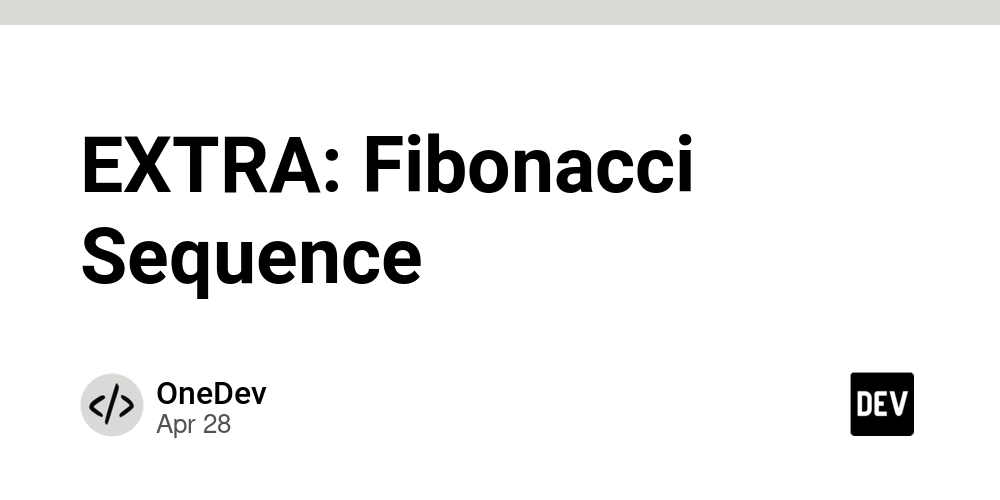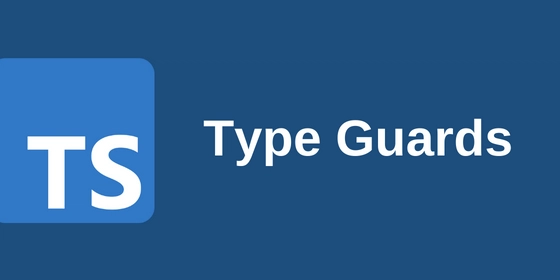How You Can Build a Dynamic Star Rating Component in React.js (Full, Half, and Empty Stars Included)
When it comes to modern web applications, a star rating component is almost a must. Whether you’re working on a product page, a movie app, or a review system — users expect to see clear, beautiful ratings. Today, I'm walking you through how you can build a powerful and flexible Star Rating component in React.js — one that handles full, half, and empty stars perfectly. And don’t worry — it’s easier than you think. Let’s jump in! What We're Going to Build We'll create a React component that: Renders full, half, and empty stars dynamically. Always maintains a constant total number of stars (default: 5). Looks clean and polished using react-icons. Is reusable and customizable for different projects. Step 1: Install the Required Package First, we’ll need some star icons. Let’s grab them using react-icons: npm install react-icons Step 2: Understand the Star Logic Before we jump into the code, here’s the simple plan: Term Logic Total Stars A constant, usually 5. Full Stars Math.floor(rating) Half Star If rating is not an integer, add 1 half star. Empty Stars Remaining stars to complete 5. Important rule: There can only ever be at most one half star — no two half stars, no weird decimals! Step 3: Code the Star Rating Component Here’s the full working code: // StarRating.jsx import { FaStar, FaStarHalfAlt, FaRegStar } from "react-icons/fa"; const StarRating = ({ rating }) => { const totalStars = 5; // Full Stars const fullStars = Math.floor(rating); // Half Star const halfStars = Number.isInteger(rating) ? 0 : 1; // Empty Stars const emptyStars = totalStars - (fullStars + halfStars); // Build the stars array const starsArray = []; // Full stars for (let i = 0; i ); } // Half star if (halfStars) { starsArray.push(); } // Empty stars for (let i = 0; i ); } return ( {starsArray} ); }; export default StarRating; Step 4: How to Use It Super simple! Just import it and pass a rating prop: import StarRating from './StarRating'; function App() { return ( Ratings: ); } export default App; Here’s how it looks: Rating Visual Result 4.3 ⭐⭐⭐⭐

When it comes to modern web applications, a star rating component is almost a must.
Whether you’re working on a product page, a movie app, or a review system — users expect to see clear, beautiful ratings.
Today, I'm walking you through how you can build a powerful and flexible Star Rating component in React.js — one that handles full, half, and empty stars perfectly.
And don’t worry — it’s easier than you think. Let’s jump in!
What We're Going to Build
We'll create a React component that:
- Renders full, half, and empty stars dynamically.
- Always maintains a constant total number of stars (default: 5).
- Looks clean and polished using react-icons.
- Is reusable and customizable for different projects.
Step 1: Install the Required Package
First, we’ll need some star icons.
Let’s grab them using react-icons:
npm install react-icons
Step 2: Understand the Star Logic
Before we jump into the code, here’s the simple plan:
| Term | Logic |
|---|---|
| Total Stars | A constant, usually 5. |
| Full Stars | Math.floor(rating) |
| Half Star | If rating is not an integer, add 1 half star. |
| Empty Stars | Remaining stars to complete 5. |
Important rule:
There can only ever be at most one half star — no two half stars, no weird decimals!
Step 3: Code the Star Rating Component
Here’s the full working code:
// StarRating.jsx
import { FaStar, FaStarHalfAlt, FaRegStar } from "react-icons/fa";
const StarRating = ({ rating }) => {
const totalStars = 5;
// Full Stars
const fullStars = Math.floor(rating);
// Half Star
const halfStars = Number.isInteger(rating) ? 0 : 1;
// Empty Stars
const emptyStars = totalStars - (fullStars + halfStars);
// Build the stars array
const starsArray = [];
// Full stars
for (let i = 0; i < fullStars; i++) {
starsArray.push(<FaStar key={`full-${i}`} color="gold" />);
}
// Half star
if (halfStars) {
starsArray.push(<FaStarHalfAlt key="half" color="gold" />);
}
// Empty stars
for (let i = 0; i < emptyStars; i++) {
starsArray.push(<FaRegStar key={`empty-${i}`} color="gray" />);
}
return (
<div style={{ display: "flex", gap: "4px", alignItems: "center" }}>
{starsArray}
</div>
);
};
export default StarRating;
Step 4: How to Use It
Super simple! Just import it and pass a rating prop:
import StarRating from './StarRating';
function App() {
return (
<div>
<h1>Ratings:h1>
<StarRating rating={4.3} />
<StarRating rating={3} />
<StarRating rating={2.7} />
div>
);
}
export default App;
Here’s how it looks:

































































































































































![[The AI Show Episode 143]: ChatGPT Revenue Surge, New AGI Timelines, Amazon’s AI Agent, Claude for Education, Model Context Protocol & LLMs Pass the Turing Test](https://www.marketingaiinstitute.com/hubfs/ep%20143%20cover.png)































































































































![[DEALS] Koofr Cloud Storage: Lifetime Subscription (1TB) (80% off) & Other Deals Up To 98% Off – Offers End Soon!](https://www.javacodegeeks.com/wp-content/uploads/2012/12/jcg-logo.jpg)








































































































































_NicoElNino_Alamy.jpg?width=1280&auto=webp&quality=80&disable=upscale#)

_roibu_Alamy.jpg?width=1280&auto=webp&quality=80&disable=upscale#)













































































































![M4 MacBook Air Drops to Just $849 - Act Fast! [Lowest Price Ever]](https://www.iclarified.com/images/news/97140/97140/97140-640.jpg)
![Apple Smart Glasses Not Close to Being Ready as Meta Targets 2025 [Gurman]](https://www.iclarified.com/images/news/97139/97139/97139-640.jpg)
![iPadOS 19 May Introduce Menu Bar, iOS 19 to Support External Displays [Rumor]](https://www.iclarified.com/images/news/97137/97137/97137-640.jpg)

































































































